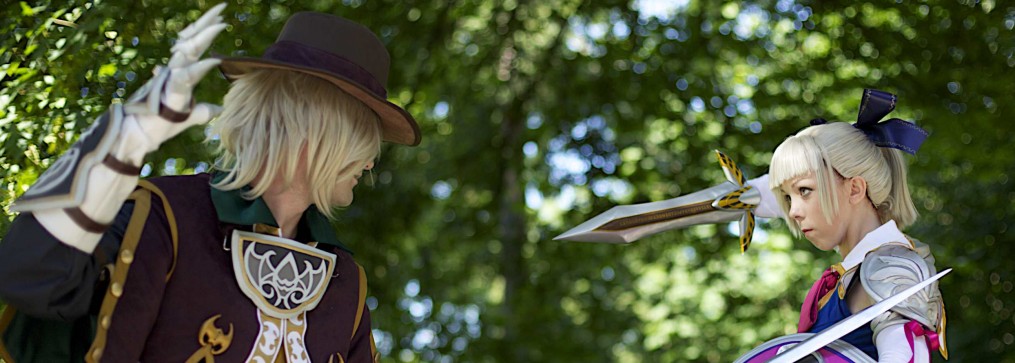So I’ve already covered how to make a fiberglass mold, these are just tips about how we went about doing the body mold.

If you are making a body suit, or making a mold of something just as large, then have at LEAST one other person who knows what they’re doing with fiberglass working with you, but try to get more people to help. The more people who are making the mold, the quicker it will be done. Mario and I worked two 17 hour days, only stopping for quick meals, to get the body suit finished.

Make sure to have proper ventilation, and wear gloves and masks. If your suit has a lot of detail, it’s crucial to do a layer of gel coat. We used clear gel coat to help us see any air bubbles. I covered all of this in the previously mentioned post on molds. We had some issues with the gel coat sliding, thin layers are better than thick, trust in the material. It’s better to do two or three layers of thin gel coat, than one thick layer. Make sure to read the directions on the can for multiple coats, because it’s specific on timing.
 Oh, another important note, when you clean out the clay from the body form, make sure to put it in a bucket, and measure it so that you know the amount of foam latex you’ll need for the suit. Also, work quickly but also take your time with laying the fiberglass, so that there aren’t any air bubbles, or messiness.
Oh, another important note, when you clean out the clay from the body form, make sure to put it in a bucket, and measure it so that you know the amount of foam latex you’ll need for the suit. Also, work quickly but also take your time with laying the fiberglass, so that there aren’t any air bubbles, or messiness.
As always, let us know about any questions or concerns. Happy crafting!
 In this post I’m going to discuss the little things that didn’t really have enough content for a post in itself. One of these items are the heels of the shoes. The first thing I did for the feet after we cast the shoe covers in foam latex, is trim the excess foam off, and have Mario make the seams disappear- we’ll cover seaming shortly. Then, I glued the covers to the shoe using the same rubber cement we used to make the paint. After that, I grabbed some two part epoxy clay (we used Magic Sculpt) and sculpted out the heels.
In this post I’m going to discuss the little things that didn’t really have enough content for a post in itself. One of these items are the heels of the shoes. The first thing I did for the feet after we cast the shoe covers in foam latex, is trim the excess foam off, and have Mario make the seams disappear- we’ll cover seaming shortly. Then, I glued the covers to the shoe using the same rubber cement we used to make the paint. After that, I grabbed some two part epoxy clay (we used Magic Sculpt) and sculpted out the heels.














